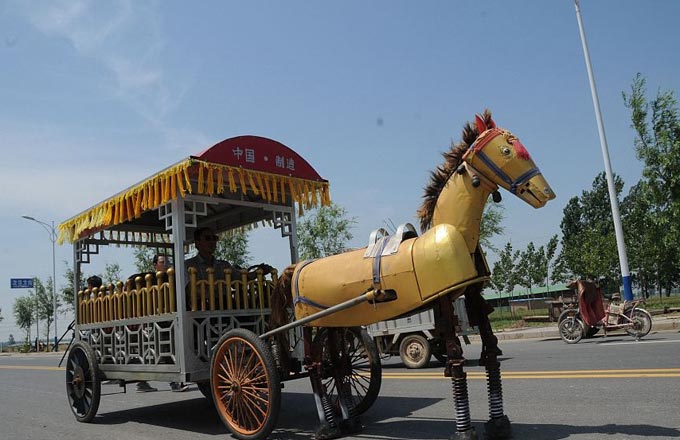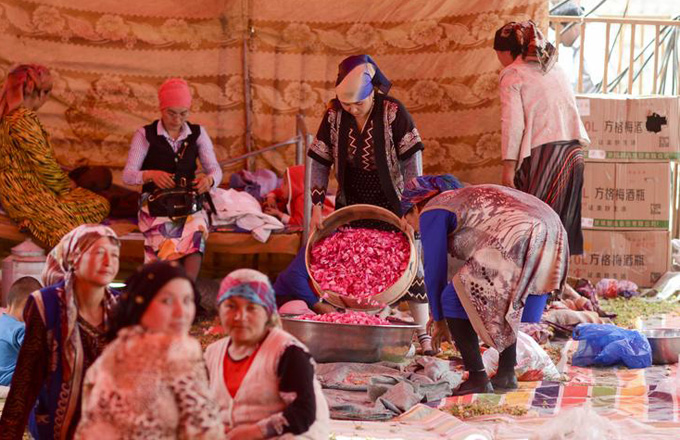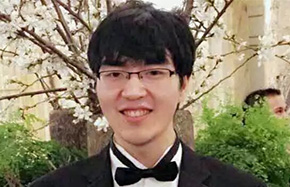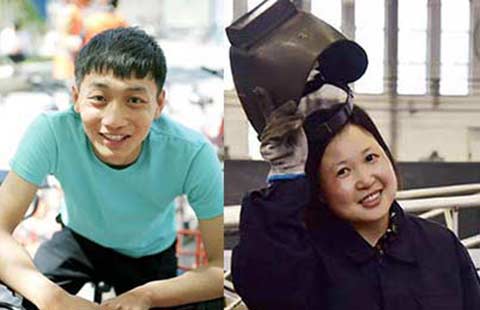Ivory carvers want craft preserved
Heyday
In the decades following the founding of the People's Republic of China, ivory carving was encouraged as one of the few means of earning foreign currency. The Beijing Ivory Carving Factory was one of the country's largest ivory businesses, and from the 1960s to the 1980s it employed about 800 people.
In those days, crafts were divided into nearly 50 forms, including different types of portraiture, flowers and birds, and intricate decorative pieces, while workers were classified as designers, shapers, carvers, polishers and painters.
Unlike many other forms of craftsmanship, ivory carving takes a long time to learn because of the complicated shapes and the cost of the material, which can be ruined by one slight flaw. Many carvers began learning their trade at a young age.
Zhang Shuzhong, 54, is one of 30 craftsmen still working at the factory. He started learning the skill at age 16, taught by Yang Shijun who is known as "Flower Master Yang" because of a series of exquisite flower carvings he made in the 1950s.
During the 1960s, the golden age of craftsmanship, the factory recruited new workers every year, but only four or five out of 40 would be chosen as apprentices. "It's not a talent given to many people," Zhang said.
In May 2006, ivory carving was included in the First National List of Intangible Cultural Heritage Conservation, but China's efforts to reduce the industry and put the ivory trade under strict surveillance have seen the number of craftsmen fall significantly in recent years.
Zhang described the announcement that all domestic ivory trading and processing will be banned as a "life-threatening" change. He said neither a national ban nor calls for elephant protection are convincing justifications for the end of craftsmanship.
"Elephants die naturally every year. To me, making their tusks into pieces of art is a form of rebirth, a renewal of their lives. Since we've adhered to the international convention and only worked with legal ivory, why is our work still tagged as an art form based on elephant deaths, and facing a death sentence?" he said.
Zhang said some of the factory's retired craftsmen, who have decades of experience and skills that face extinction, have received invitations to continue ivory carving overseas (mostly in Japan).
"Although they would receive much higher salaries, many would not make their artifacts in other countries. These delicate artworks are rooted in China. They are part of our culture and something every Chinese is proud of," he said.



















